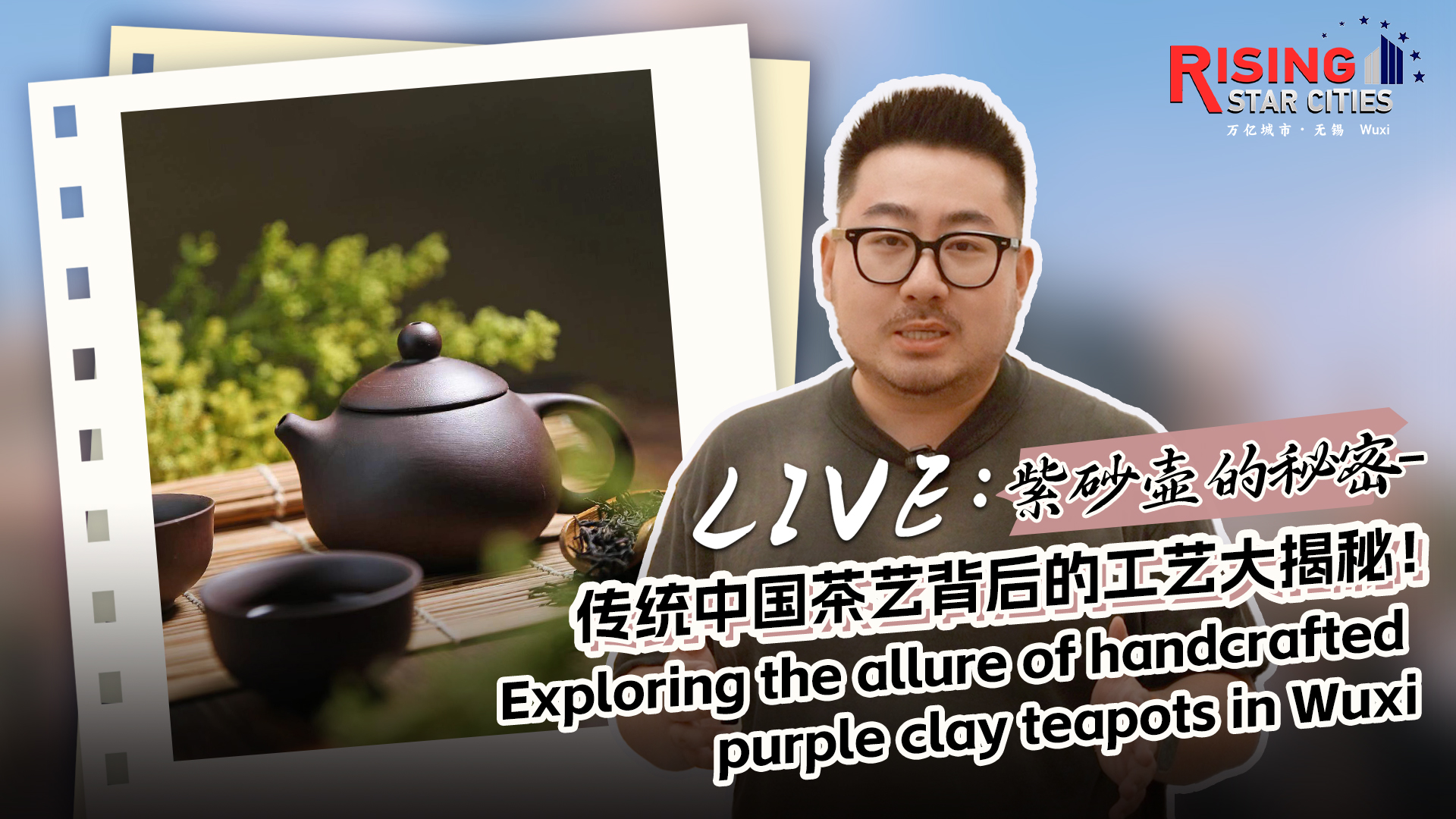By continuing to browse our site you agree to our use of cookies, revised Privacy Policy and Terms of Use. You can change your cookie settings through your browser.
Live: Exploring the allure of handcrafted purple clay teapots in Wuxi
Purple clay pottery emerged in Yixing during the Song Dynasty (960-1279) and flourished in the Ming Dynasty (1368-1644) and Qing Dynasty (1644-1911). Yixing is a county-level city in Wuxi, east China's Jiangsu Province. It boasts large quantities of zisha, or purple clay, and a long history of making ceramics.
How are purple clay teapots made? These teapots are shaped by molding the clay piece by piece. This careful process, including clay cutting, flattening, lid mold and more, can take up to a month for just one teapot. Join our livestream to learn more about the process.
SITEMAP
Copyright © 2024 CGTN. 京ICP备20000184号
Disinformation report hotline: 010-85061466
SITEMAP
Copyright © 2024 CGTN. 京ICP备20000184号
Disinformation report hotline: 010-85061466



Purple clay pottery emerged in Yixing during the Song Dynasty (960-1279) and flourished in the Ming Dynasty (1368-1644) and Qing Dynasty (1644-1911). Yixing is a county-level city in Wuxi, east China's Jiangsu Province. It boasts large quantities of zisha, or purple clay, and a long history of making ceramics.
How are purple clay teapots made? These teapots are shaped by molding the clay piece by piece. This careful process, including clay cutting, flattening, lid mold and more, can take up to a month for just one teapot. Join our livestream to learn more about the process.